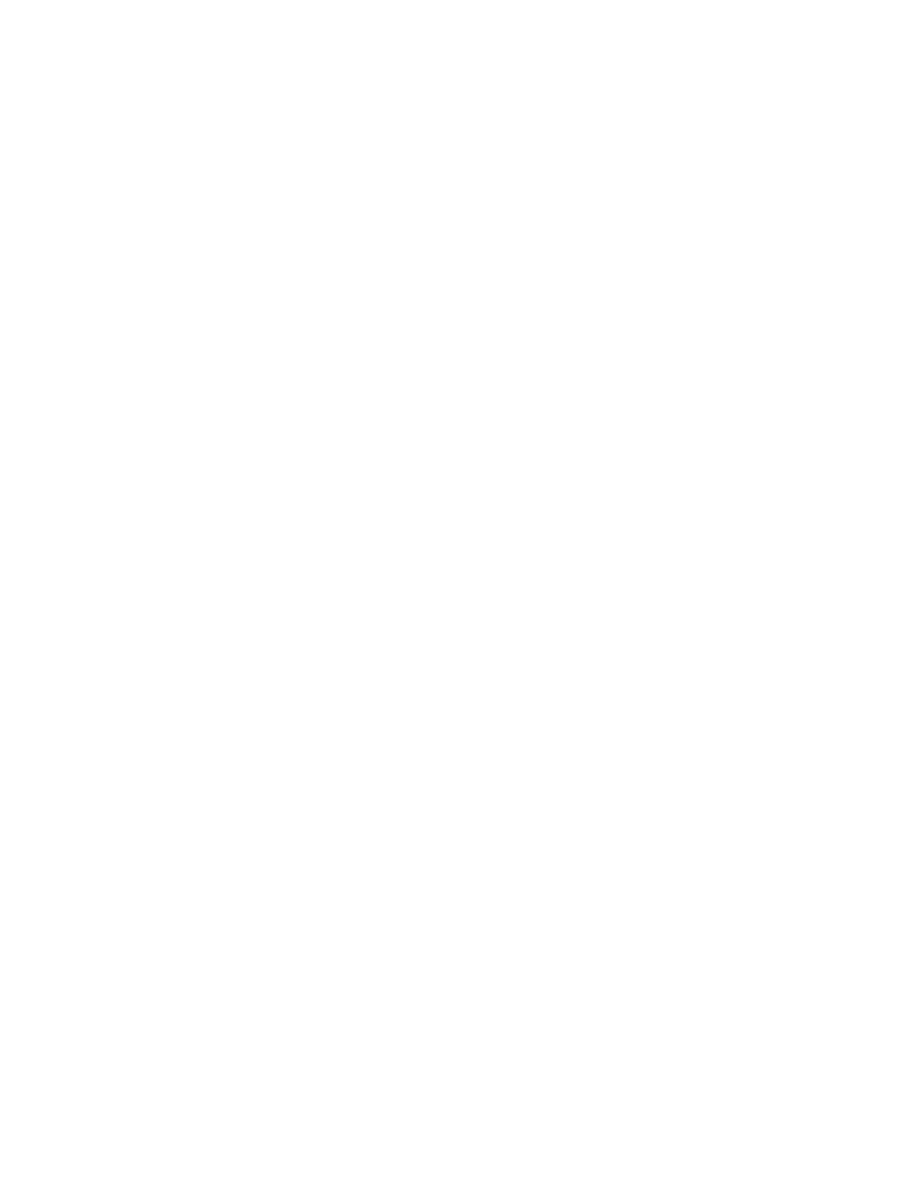Silverado 1500 2WD V8-6.0L (2010)

4. Set up the lathe, following the manufacturer's instructions.
5. Refinish the brake rotor, following the brake lathe manufacturer's instructions.
6. After each successive cut, inspect the brake rotor thickness. Refer to Brake Rotor Thickness Measurement (See: Brake Rotor Thickness
Measurement).
7. If at any time the brake rotor exceeds the minimum allowable thickness after refinish specification, the brake rotor must be replaced. After
replacing the rotor, proceed to step 10.
8. After refinishing the brake rotor, use the following procedure in order to obtain the desired non-directional finish:
1. Follow the brake lathe manufacturer's recommended speed setting for applying a non-directional finish.
2. Using moderate pressure, apply the non-directional finish:
*
If the lathe is equipped with a non-directional finishing tool, apply the finish with 120-grit aluminum oxide sandpaper.
*
If the lathe is not equipped with a non-directional finishing tool, apply the finish with a sanding block and 150-grit aluminum oxide
sandpaper.
3. After applying a non-directional finish, clean each friction surface of the brake rotor with denatured alcohol, or an equivalent approved brake
cleaner.
9. Remove the lathe from the vehicle.
10. Measure the assembled LRO of the brake rotor. Refer to Brake Rotor Assembled Lateral Runout Measurement (See: Brake Rotor Assembled
Lateral Runout Measurement).
11. If the brake rotor assembled LRO measurement still exceeds the maximum allowable specification, refer to Brake Rotor Assembled Lateral
Runout Correction (See: Brake Rotor Assembled Lateral Runout Correction).
12. If the brake rotor assembled LRO is within specification, install the brake caliper and depress the brake pedal several times to secure the rotor in
place before removing the CH-45101-100 - Conical Brake Rotor Washers and the lug nuts.
Brake Rotor Assembled Lateral Runout Measurement
Brake Rotor Assembled Lateral Runout Measurement
Special Tools
*
J-39544-KIT - Torque-Limiting Socket Set , or equivalent
*
J-41013 - Rotor Resurfacing Kit
*
J-42450-A - Wheel Hub Resurfacing Kit
*
J-45101 - Hub and Wheel Runout Gauge
*
J-45101-100 - Conical Brake Rotor Washers
Warning: Refer to Brake Dust Warning (See: Service Precautions/Technician Safety Information/Brake Dust Warning).
Note:
*
Brake rotor assembled lateral runout (LRO) exceeding the maximum allowable specification can cause thickness variation to develop in the brake
rotor over time, usually between 4,800-11,300 km (3,000-7,000 mi).
*
Brake rotor thickness variation MUST be checked BEFORE checking for assembled lateral runout (LRO). Thickness variation exceeding the
maximum acceptable level can cause brake pulsation. Refer to Brake Rotor Thickness Variation Measurement (See: Brake Rotor Thickness
Variation Measurement).
1. Matchmark the position of the brake rotor to the wheel studs if this has not been done already.
Note: Whenever the brake rotor has been separated from the hub/axle flange, any rust or contaminants should be cleaned from the hub/axle flange
and the brake rotor mating surfaces. Failure to do this may result in excessive assembled lateral runout (LRO) of the brake rotor, which could lead
to brake pulsation.
2. Inspect the mating surface of the hub/axle flange and the brake rotor to ensure that there are no foreign particles, corrosion, rust, or debris
remaining. If the wheel hub/axle flange and/or if the brake rotor mating surfaces exhibit these conditions, perform the following steps:
1. Remove the brake rotor from the vehicle. Refer to Front Brake Rotor Replacement (JD9, JF3, JF7, JG4) (See: Service and Repair/Front
Brake Rotor Replacement (JD9, JF3, JF7, JG4))Front Brake Rotor Replacement (JH6, JH7) (See: Service and Repair/Front Brake Rotor
Replacement (JH6, JH7)) and/or Rear Brake Rotor Replacement (JD9) (See: Service and Repair/Rear Brake Rotor Replacement (JD9))Rear
Brake Rotor Replacement (JH6) (See: Service and Repair/Rear Brake Rotor Replacement (JH6))Rear Brake Rotor Replacement (JH7) (See:
Service and Repair/Rear Brake Rotor Replacement (JH7)).
2. Using the J-42450-A - Wheel Hub Resurfacing Kit , thoroughly clean any rust or corrosion from the mating surface of the hub/axle flange.
3. Using the J-41013 - Rotor Resurfacing Kit , thoroughly clean any rust or corrosion from the mating surface of the brake rotor.
4. Clean the friction surfaces of the brake rotor with denatured alcohol, or an equivalent approved brake cleaner.
3. Install the rotor to the hub/axle flange using the matchmark made prior to removal.
